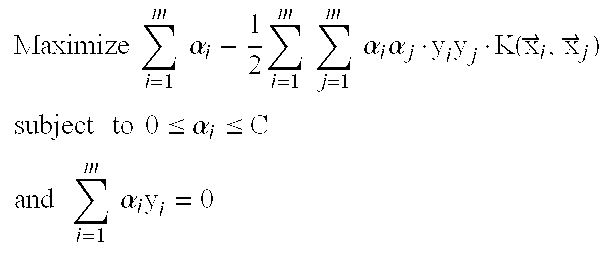Methods and Kits for Predicting and Monitoring Direct Response to Cancer Therapy
a direct response and cancer technology, applied in the field of methods and kits for predicting and monitoring the direct response to cancer therapy, can solve the problems of many failing to achieve treatment success, little progress could be achieved in predicting the individual's response to a certain therapy, and the general survival advantage of pst, etc., to achieve prolong recurrence free survival time, elevated or decreased levels of expression
- Summary
- Abstract
- Description
- Claims
- Application Information
AI Technical Summary
Benefits of technology
Problems solved by technology
Method used
Image
Examples
example 1
Withdrawal of Clinical Specimens and Isolation of Nucleic Acids
[0433]Patients with primary breast cancer with neoadjuvant PST treatment comprising the anti-cancer drug classes of anthracyclines, taxol (and derivatives thereof) and cyclophosphamide (TEC, ECT, TAC or ET) were selected for analysis. The neoadjuvant chemotherapy consisted of epirubicin 50 mg m2 day 1 in a short i.v. infusion, and cyclophosphamide 500 mg m2 day 1 or taxane 75 mg m2 day 1 short i.v. infusion. The study requirements were that participants have an untreated primary breast cancer disease that was amenable to serial core biopsies and that was going to be treated with TEC, ECT, TAC or ET chemotherapy as the first therapeutic intervention prior to surgery. Serial core biopsies of the primary tumor were performed prior to treatment and 24 hours post the initiation of the first course of the neoadjuvant chemotherapy. The biopsies were obtained from a locally anesthetized region using Bard® MAGNUM™ Biopsy Instrume...
example 2
Expression Profiling Utilizing Quantitative Kinetic RT-PCR
[0435]For a detailed analysis of gene expression by quantitative PCR methods, one will utilize primers flanking the genomic region of interest and a fluorescent labeled probe hybridizing in-between. Using the PRISM 7700 Sequence Detection System of PE Applied Biosystems (Perkin Elmer, Foster City, Calif., USA) with the technique of a fluorogenic probe, consisting of an oligonucleotide labeled with both a fluorescent reporter dye and a quencher dye, one can perform such a expression measurement. Amplification of the probe-specific product causes cleavage of the probe, generating an increase in reporter fluorescence. Primers and probes were selected using the Primer Express software and localized mostly in the 3′ region of the coding sequence or in the 3′ untranslated region. Primer design and selection of an appropriate target region is well known to those with skills in the art. Predefined primer and probes for the genes list...
example 3
Expression Profiling / Utilizing DNA Microarrays
[0438]Expression profiling can bee carried out using the Affymetrix Array Technology. By hybridization of mRNA to such a DNA-array or DNA-Chip, it is possible to identify the expression value of each transcripts due to signal intensity at certain position of the array. Usually these DNA-arrays are produced by spotting of cDNA, oligonucleotides or subcloned DNA fragments. In case of Affymetrix technology app. 400,000 individual oligonucleotide sequences were synthesized on the surface of a silicon wafer at distinct positions. The minimal length of oligomers is 12 nucleotides, preferable 25 nucleotides or full length of the questioned transcript. Expression profiling may also be carried out by hybridization to nylon or nitro-cellulose membrane bound DNA or oligonucleotides. Detection of signals derived from hybridization may be obtained by either colorimetric, fluorescent, electrochemical, electronic, optic or by radioactive readout. Detai...
PUM
| Property | Measurement | Unit |
|---|---|---|
| survival time | aaaaa | aaaaa |
| survival time | aaaaa | aaaaa |
| survival time | aaaaa | aaaaa |
Abstract
Description
Claims
Application Information
 Login to View More
Login to View More - R&D
- Intellectual Property
- Life Sciences
- Materials
- Tech Scout
- Unparalleled Data Quality
- Higher Quality Content
- 60% Fewer Hallucinations
Browse by: Latest US Patents, China's latest patents, Technical Efficacy Thesaurus, Application Domain, Technology Topic, Popular Technical Reports.
© 2025 PatSnap. All rights reserved.Legal|Privacy policy|Modern Slavery Act Transparency Statement|Sitemap|About US| Contact US: help@patsnap.com



